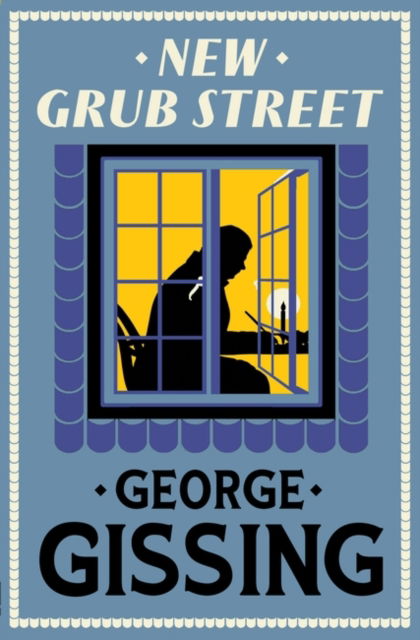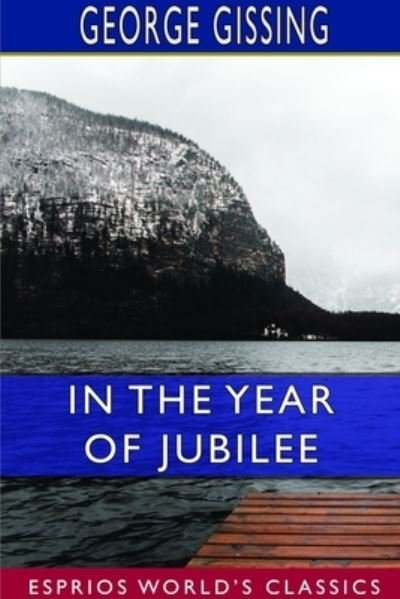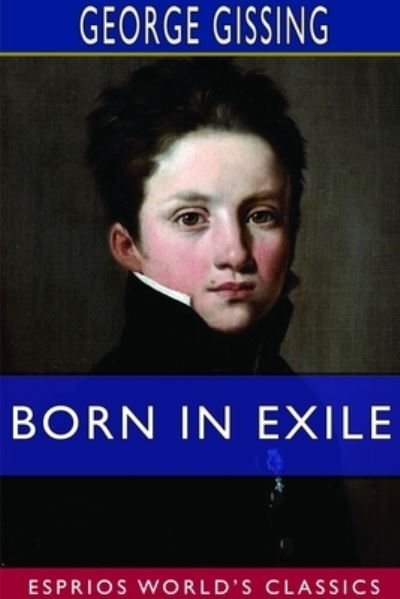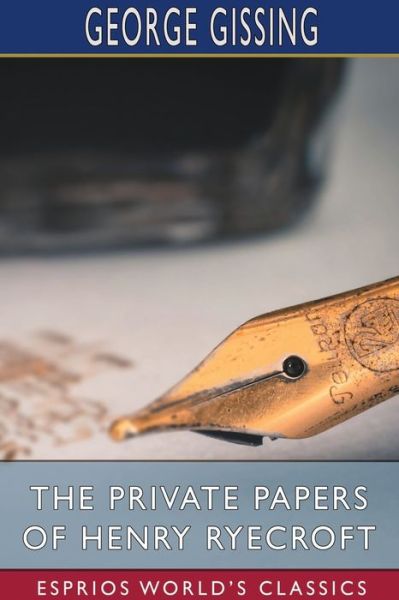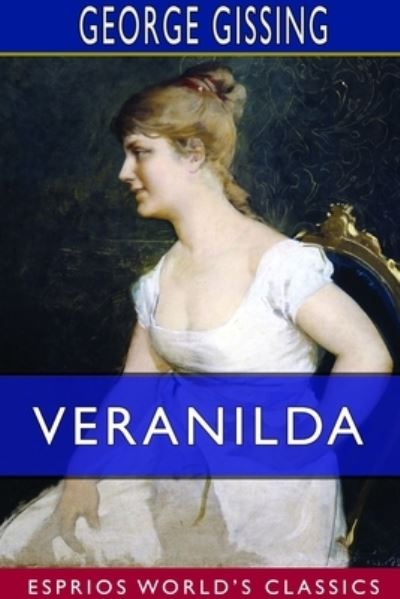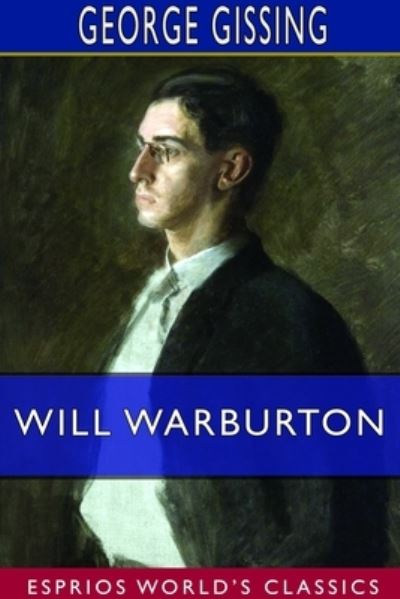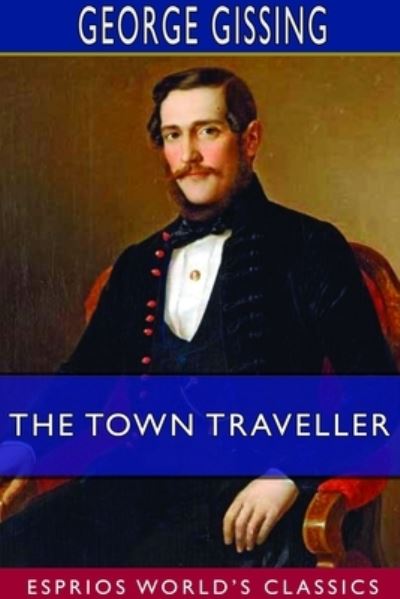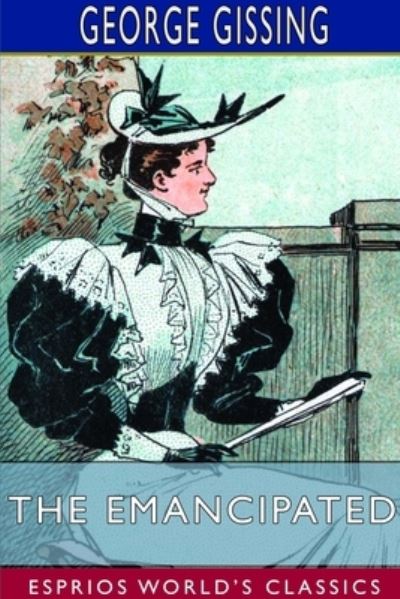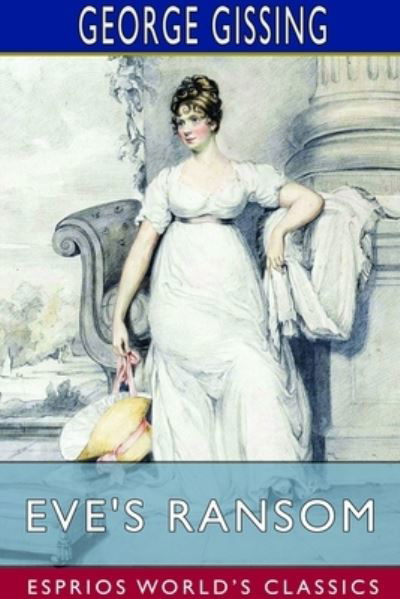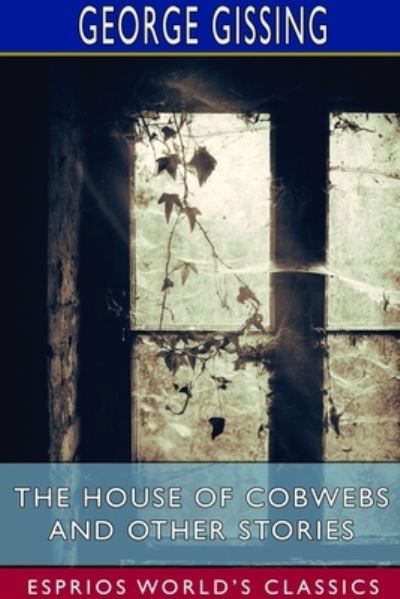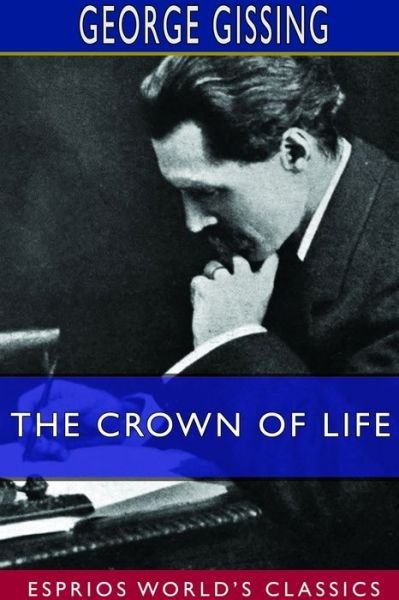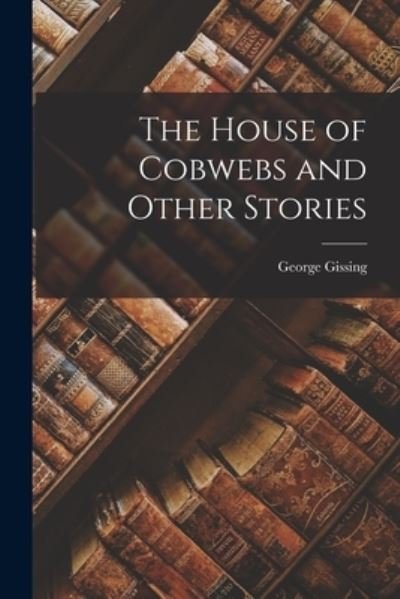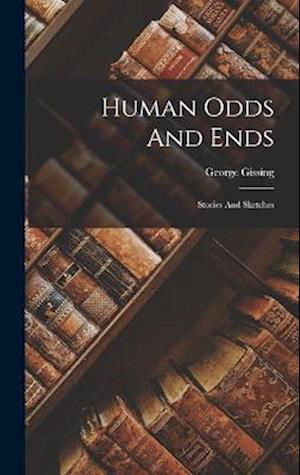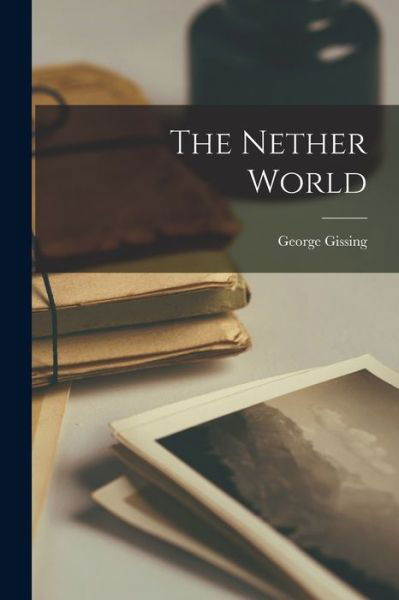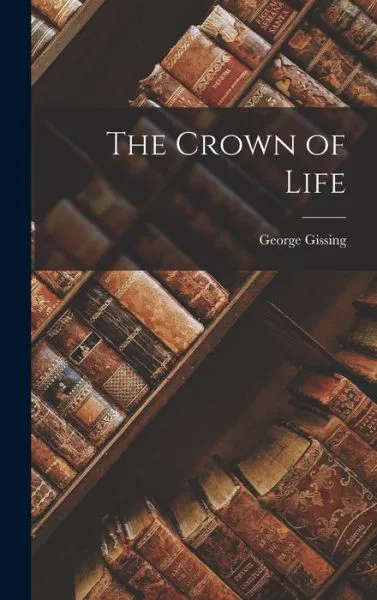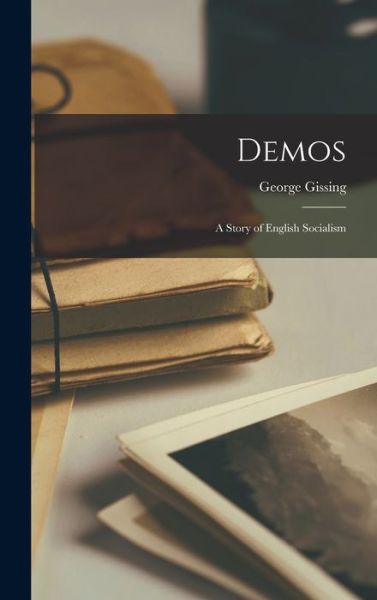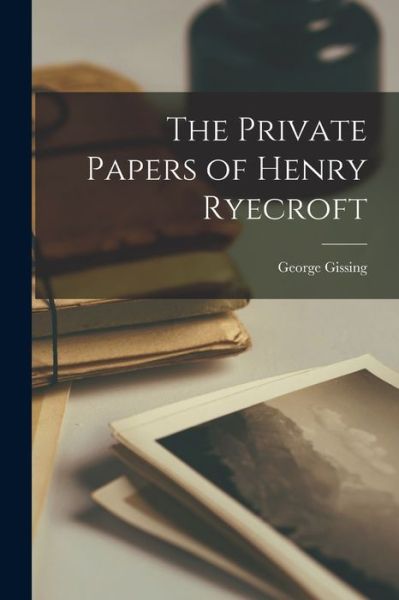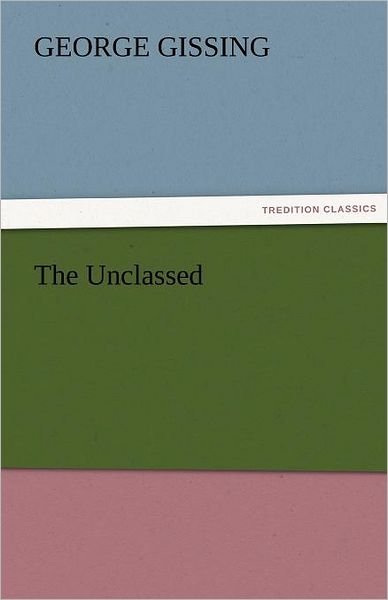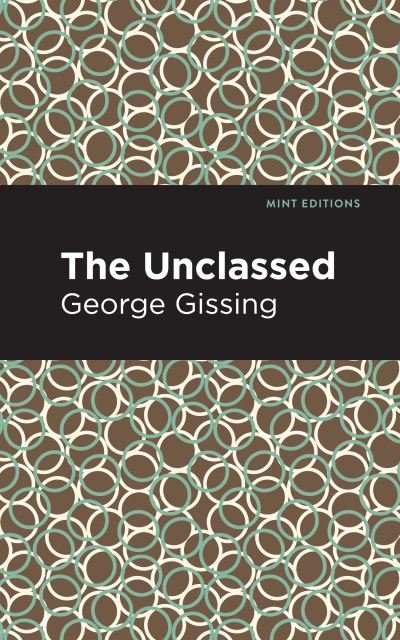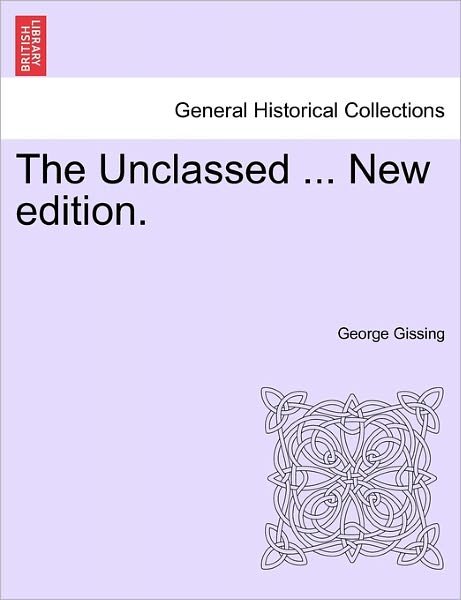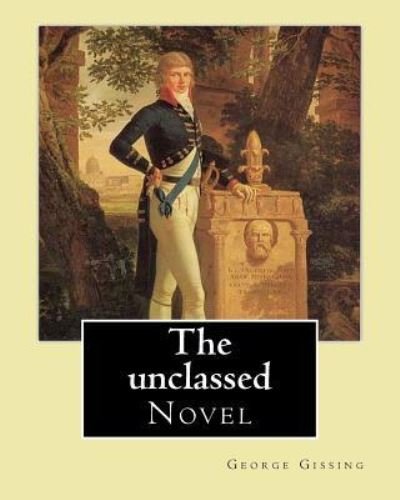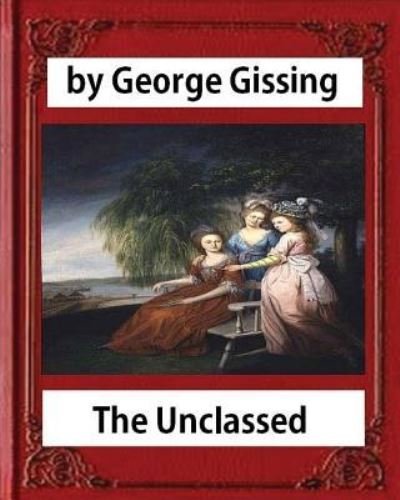
Tell your friends about this item:
The Unclassed
George Gissing
Ordered from remote warehouse
Also available as:
- Paperback Book (2015) € 15.99
- Paperback Book (2014) € 17.49
- Paperback Book (2018) € 18.99
- Paperback Book (2015) € 19.99
- Paperback Book (2016) € 22.49
- Paperback Book (2012) € 24.49
- Paperback Book (2015) € 28.49
- Paperback Book (2024) € 34.99
- Paperback Book (2018) € 34.99
- Paperback Book (2009) € 38.49
- Paperback Book (2011) € 43.99
- Paperback Book (2020) € 61.49
- Hardcover Book (2020) € 79.49
The Unclassed
George Gissing
The Unclassed is a novel by the English author George Gissing. It was written during 1883 but revised, at the publisher's insistence, in February 1884 and shortly before publication. It tells the story of a young, educated man, Osmond Waymark, who survives by teaching. He answers a magazine advertisement, placed by Julian Casti - a half-Italian who had felt himself to be rejected by society - for companionship and the two strike up a serious and deep friendship... George Robert Gissing (22 November 1857 - 28 December 1903) was an English novelist who published 23 novels between 1880 and 1903. Gissing also worked as a teacher and tutor throughout his life. He published his first novel, Workers in the Dawn, in 1880. His best known novels, which are published in modern editions, include The Nether World (1889), New Grub Street (1891), and The Odd Women (1893). Early life: Gissing was born on 22 November 1857 in Wakefield, Yorkshire, the eldest of five children of Thomas Waller Gissing, who ran a chemist's shop, and Margaret nee Bedford. His siblings were: William, who died aged twenty; Algernon, who became a writer; Margaret; and Ellen. His childhood home in Thompson's Yard, Wakefield, is maintained by The Gissing Trust. Gissing was educated at Back Lane School in Wakefield, where he was a diligent and enthusiastic student. His serious interest in books began at the age of ten when he read The Old Curiosity Shop by Charles Dickens and subsequently, encouraged by his father and inspired by the family library, his literary interest grew. Juvenilia written at this time was published in 1995 in The Poetry of George Gissing. He was also skilled at drawing. Gissing's father died when he was 12 years old, and he and his brothers were sent to Lindow Grove School at Alderley Edge in Cheshire, where he was a solitary student who studied hard. In 1872, after an exceptional performance in the Oxford Local Examinations, Gissing won a scholarship to Owens College, forerunner of the University of Manchester. There he remained solitary, continued his intense studies, and won many prizes, including the Poem Prize in 1873 and the Shakespeare scholarship in 1875. Gissing's academic career ended in disgrace when he fell in love with a young woman Marianne Helen Harrison, known as Nell. She is often described as a prostitute, but there is no evidence for this. It is reported that he gave her money in an attempt to keep her off the streets, but, again, there is no evidence. What is known, is that when he ran short of money he stole from his fellow students. The college hired a detective to investigate the thefts, and Gissing was prosecuted, found guilty, expelled and sentenced to a month's hard labour in Belle Vue Gaol, Manchester in 1876. In September 1876, with support from sympathisers, he travelled to the United States, where he spent time in Boston and Waltham, Massachusetts writing and teaching classics. When his money ran out he moved to Chicago, where he earned a precarious living writing short stories for newspapers, including the Chicago Tribune. He lived in poverty until he met a travelling salesman in need of an assistant and Gissing demonstrated his products. These experiences partially inspired his 1891 novel, New Grub Street. In September 1877, Gissing left America and returned to England.
| Media | Books Paperback Book (Book with soft cover and glued back) |
| Released | November 11, 2017 |
| ISBN13 | 9781979068826 |
| Publishers | Createspace Independent Publishing Platf |
| Pages | 150 |
| Dimensions | 178 × 254 × 8 mm · 272 g |
| Language | English |
More by George Gissing
More from this series
See all of George Gissing ( e.g. Paperback Book , Hardcover Book , Book and CD )



